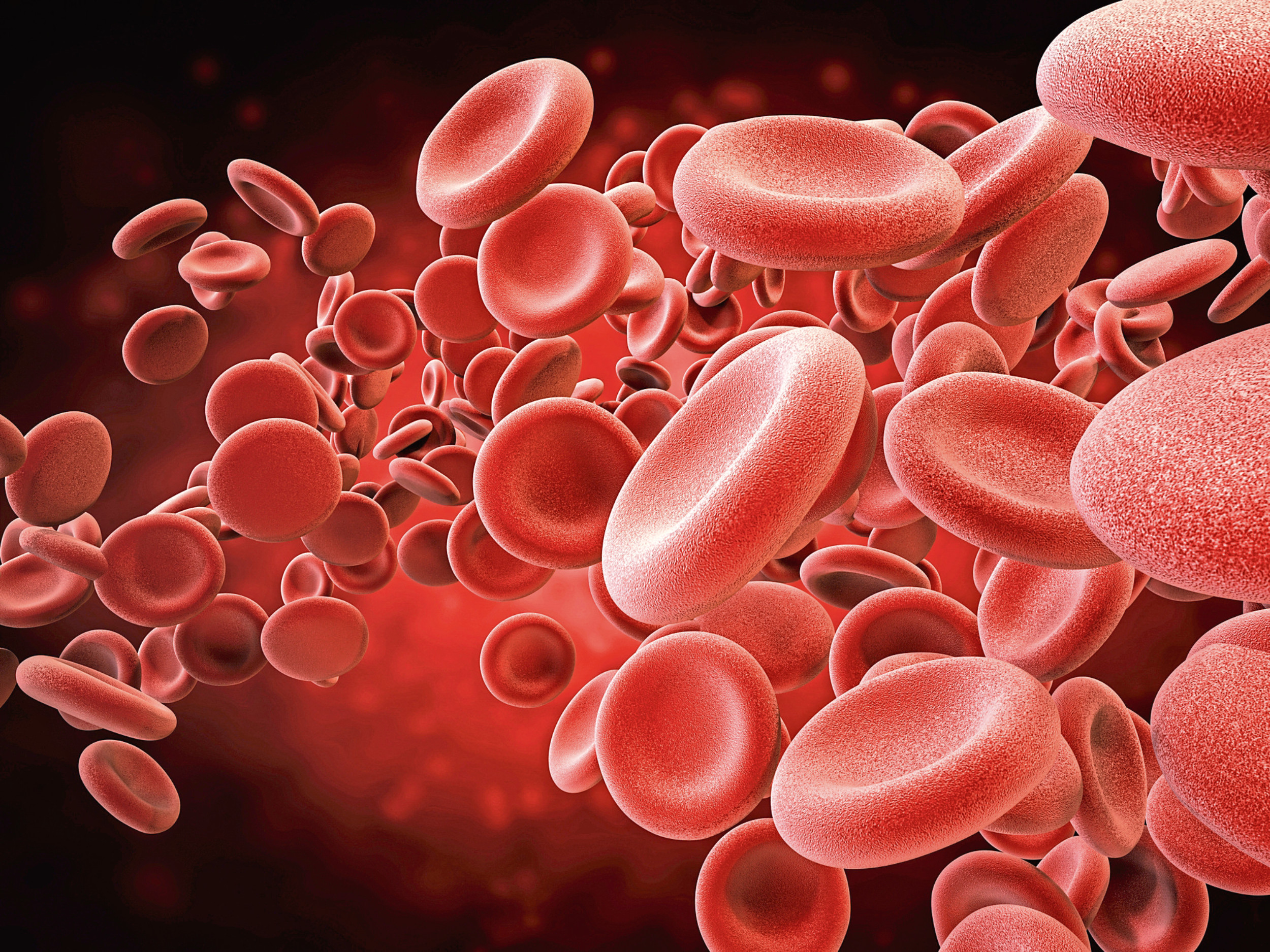
IT runs through our body providing life. But our blood can also carry disease and, in some cases, make us social outcasts.
In her new book, author and journalist Rose George explores the ‘miraculous’ red fluid inside all of us. She tells Alice Hinds about our nine pints.
What’s the most interesting thing you discovered about blood when researching Nine Pints?
That is impossible to answer! Blood is such an astonishingly rich material – the substance itself, what it does in the body, as well as its place in religion, metaphor, literature, everything.
Why do Silicon Valley millionaires think injecting young blood will give them youth?
There is history to the idea that young blood brings youth. It is said that the dying Pope Innocent VIII drank the blood of three young boys to stave off death – but it didn’t work and it was probably a scurrilous rumour.
Researchers have also stitched old and young rats and mice together, and discovered that the older ones seem to benefit from something in the younger animal’s blood.
What that might be, we don’t know yet.
They have some interesting ideas about personality traits associated with blood types in Japan. What’s going on?
The Japanese believe firmly that blood type dictates character. They are used to assess job applications, dating potential, all sorts. A-types are perfectionist, kind, calm even in an emergency, and safe drivers, while Bs are eccentric and selfish but cheery. Then Os are vigorous and cautious and ABs are complicated. But none of this has any scientific backing.
Were you surprised that leeches have such a long history in medicine?
I was more surprised that leeches aren’t history, and are still used so widely. For example, three-quarters of plastic surgery clinics interviewed in one survey still use leeches today.
Will we ever be able to create synthetic blood?
It has already been created, but it is exorbitantly expensive. So for now, to get enough quantities of something that is so good at doing what blood does – fuelling us, regulating our temperature, removing waste products, fighting off infection – we have to stick a needle into someone’s arm.
Vampires have become such a cultural phenomenon – what did you discover about our obsession with blood drinkers in fiction?
It’s old. Romans wrote of people rushing to drink the blood of gladiators, and for centuries people came to scaffolds with cups and saucepans to gather the executed’s blood, as it was thought to be a cure for epilepsy. It makes sense because when blood was seen, it usually meant death. So if we drink it, it might mean life. Although actually, you’d probably benefit from the salt and the water content and not much else.
How were blood types discovered?
Early blood transfusionists knew that some blood worked and some didn’t, and that mixing some blood could make it clump. In 1901, the Austrian scientist Karl Landsteiner suggested blood had types but didn’t categorize blood into A, B, AB and O groups until 1909. There are probably 300 or so blood types, and we don’t know why they exist.
What is blood made from?
Saltwater and stardust, for a start.
The iron in our blood comes from the death of supernovas, like all iron on our planet. Red blood cells contain iron and deliver oxygen around the body, and white blood cells fight off infection.
Platelets enable blood to clot but only where needed. And 55% of blood is plasma, which has no cells but contains fat globules, water, salts, and at least 700 proteins such as albumin, antibodies, and clotting factors.
Nine Pints: A Journey Through the Money, Medicine, and Mysteries of Blood, Portobello, £14.99.

Enjoy the convenience of having The Sunday Post delivered as a digital ePaper straight to your smartphone, tablet or computer.
Subscribe for only £5.49 a month and enjoy all the benefits of the printed paper as a digital replica.
Subscribe